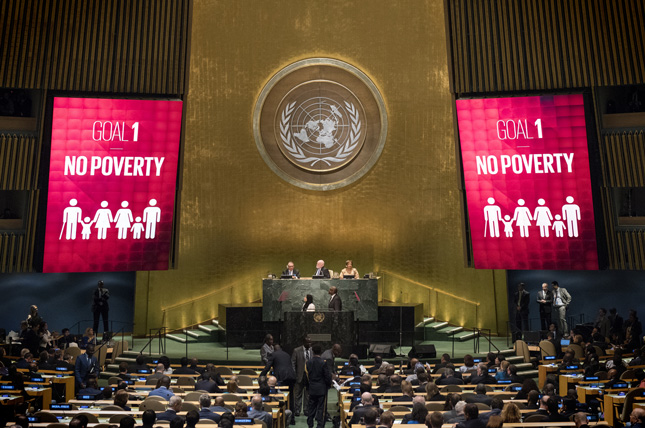-
Roger-Mark De Souza & Sono Aibe, Inter Press Service
Making the Goals: Why Sustainable Development Must Be Integrated Development
October 6, 2016 By Wilson Center Staff
By recognizing how closely connected the different aspects of sustainable development are, the Sustainable Development Goals (SDGs) create an important opportunity – and challenge – for a more coordinated approach to implementing development policies.
The multi-faceted, interlinked nature of the 17 categories represented by the SDGs reflects our complicated world. We will need to work together to meet these goals while facing an increasingly complex set of challenges to human rights, equity, and security. The battle against terrorism and its horrors, for example, requires people working together across each and every one of the 17 categories.
However, traditional policy responses to these challenges have been divided into distinct policy sectors. If we are to achieve these goals, build peace, and increase world security, we must recognize that past efforts that were confined to individual sectors have failed. We must use new but proven tools that move the integrated SDG framework from concept to action. If the implementation phase of the SDGs defaults to the same old methods, the new goals will be meaningless.
One successful tool – what a World Bank expert called a “do-able miracle” in a speech at the Wilson Center – is the integrated Population, Health, and Environment (PHE) approach, where many of the SDGs are addressed simultaneously in a coordinated, strategic manner.
Continue reading on the Inter Press Service.
Sources: Inter Press Service.
Photo Credit: The United Nations General Assembly in New York, September 2016, courtesy of Cia Pak/UN Photo.
Topics: Africa, climate change, community-based, development, environment, family planning, global health, Kenya, PHE, population, SDGs, Uganda
 A Publication of the Stimson Center.
A Publication of the Stimson Center.



